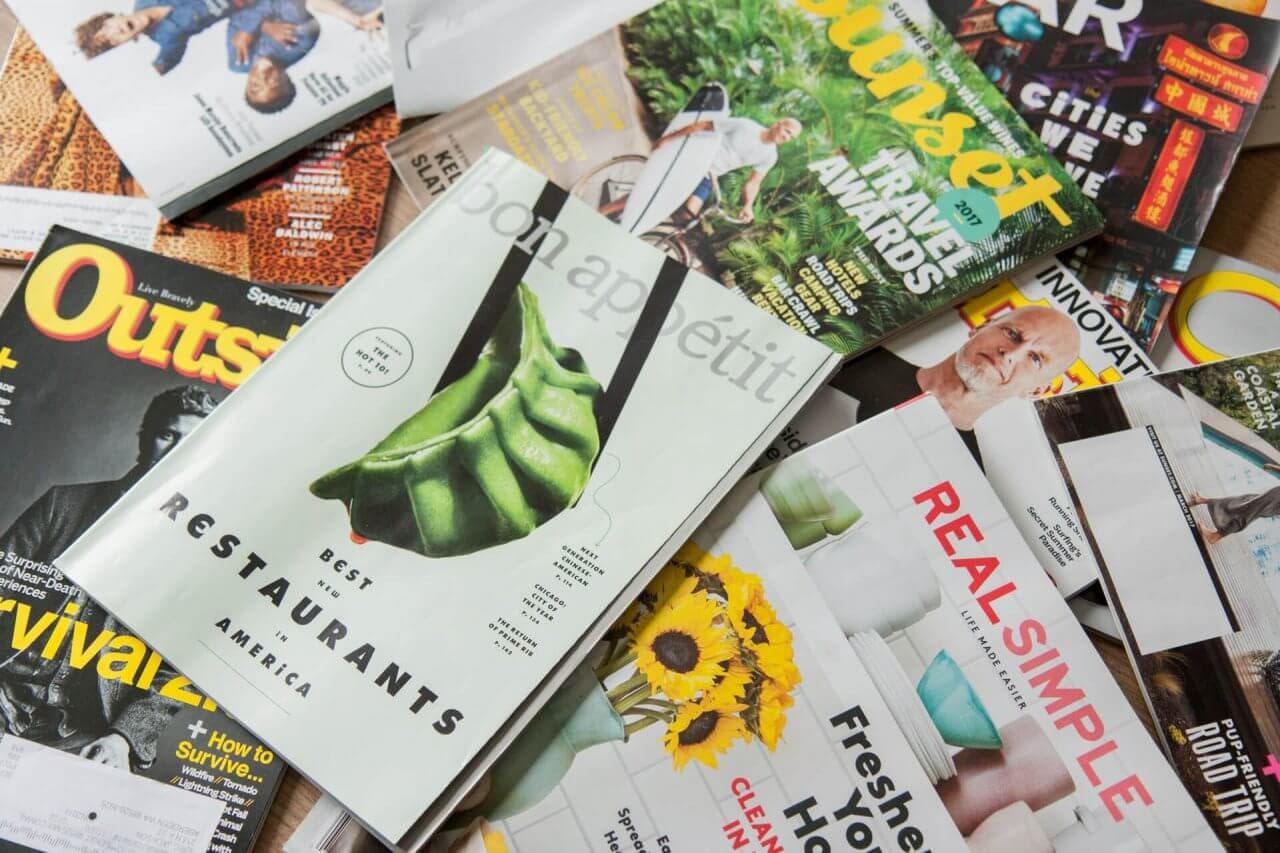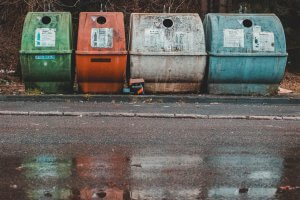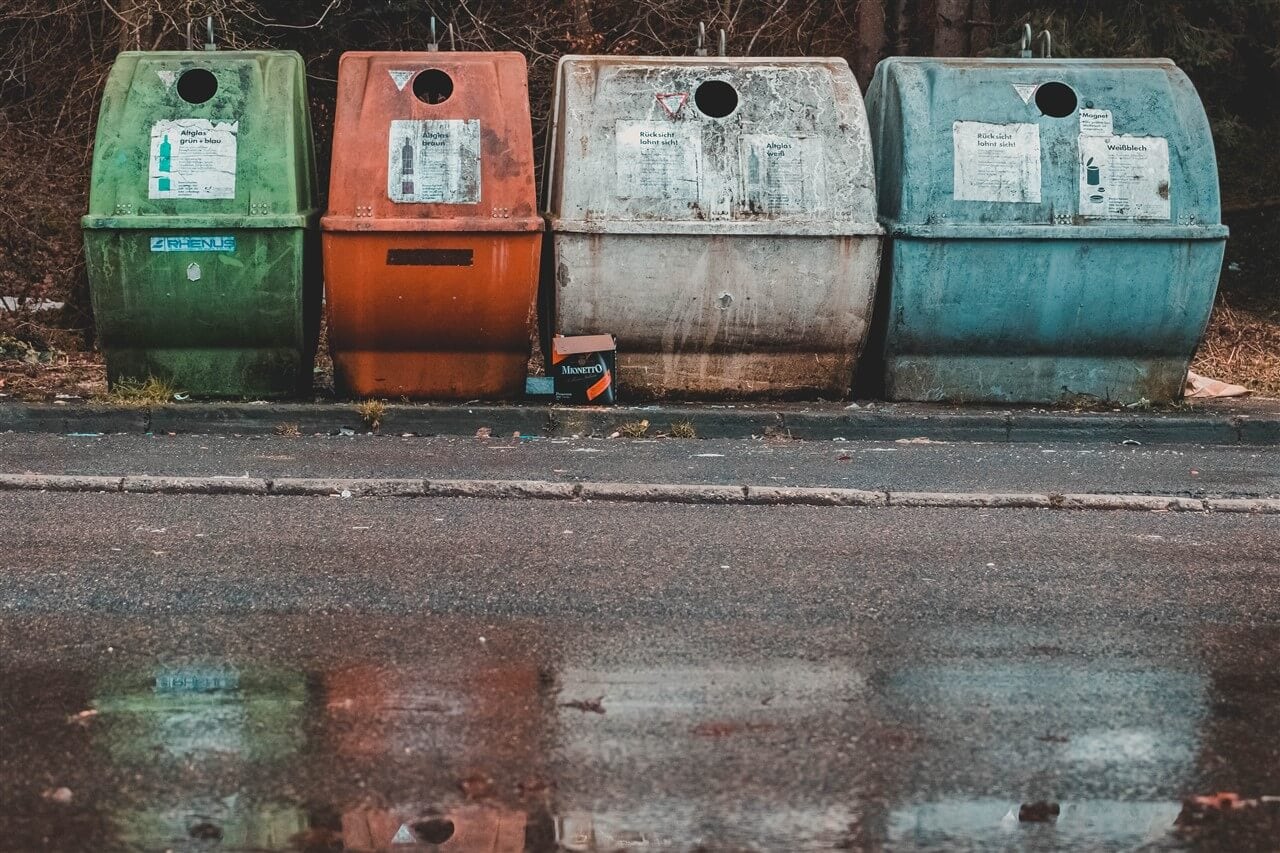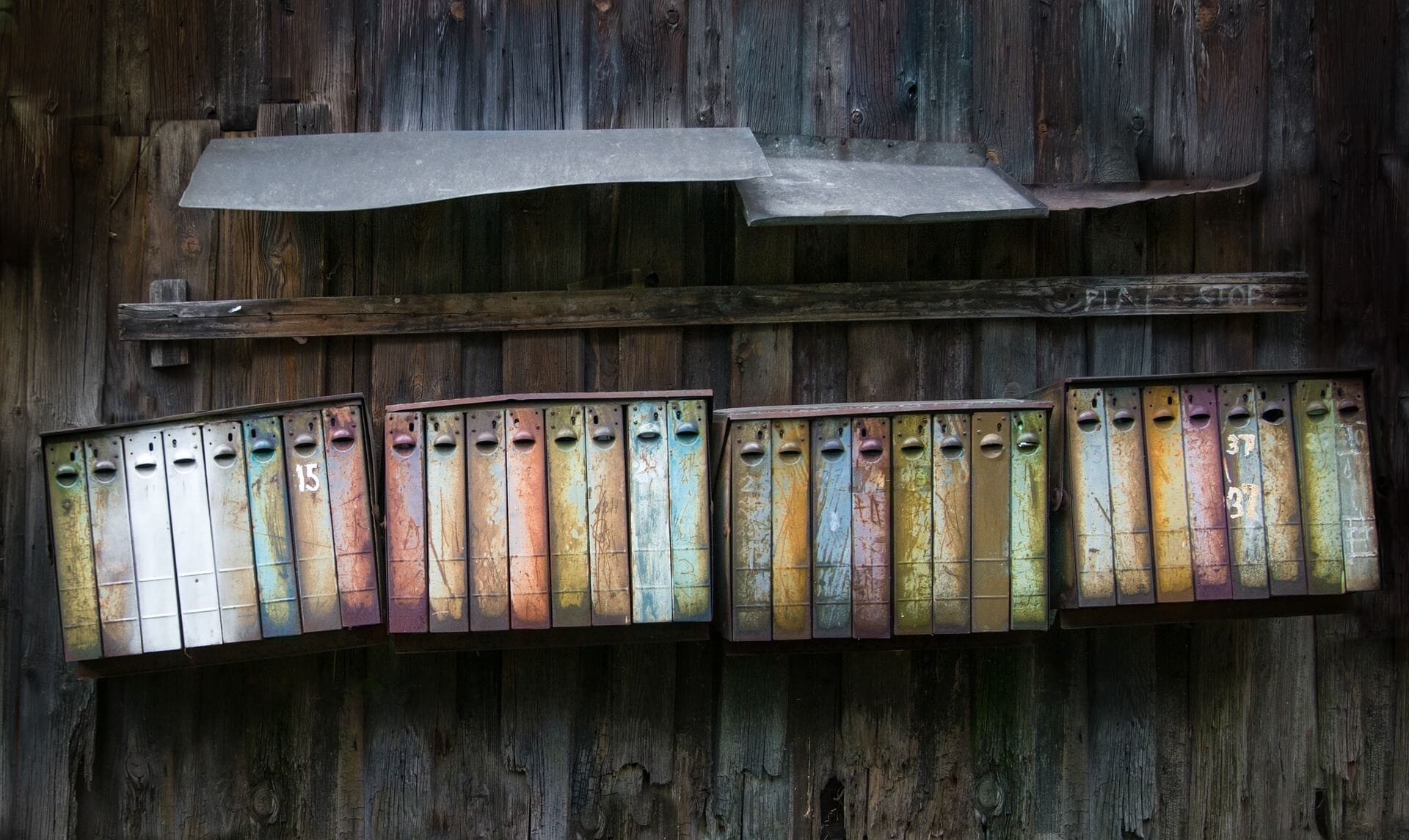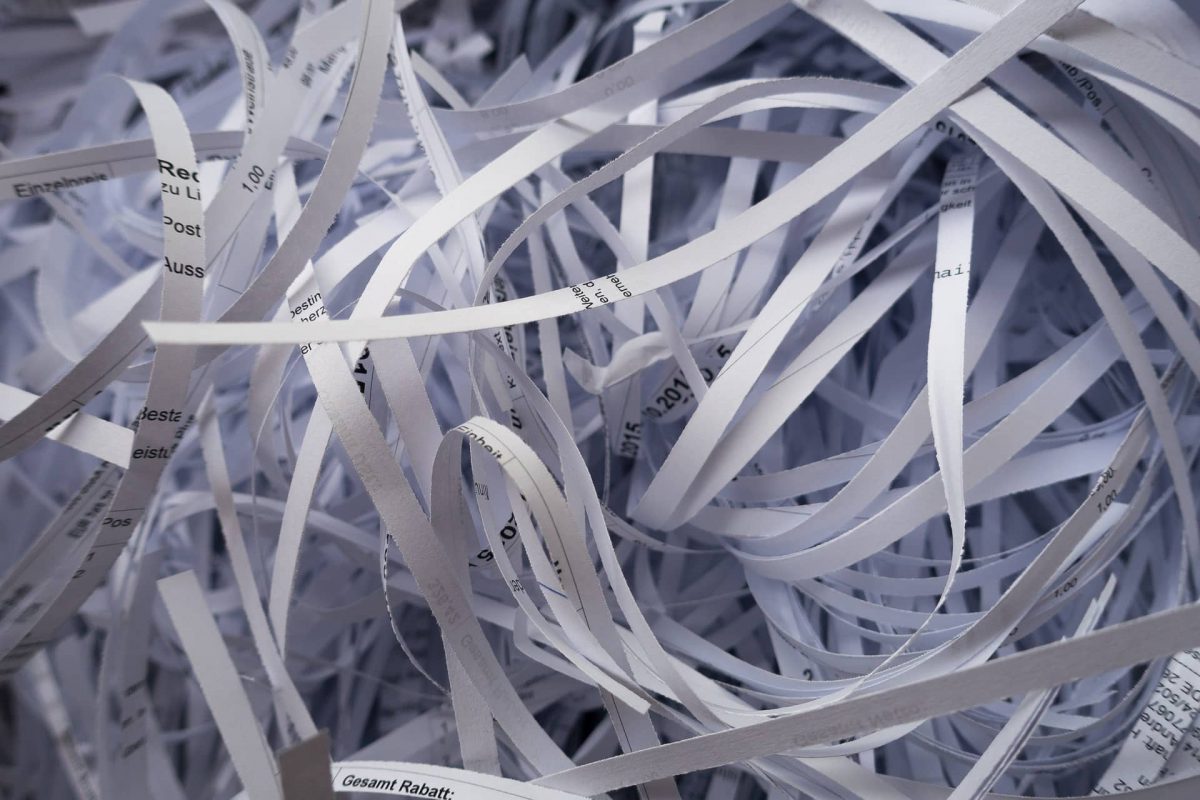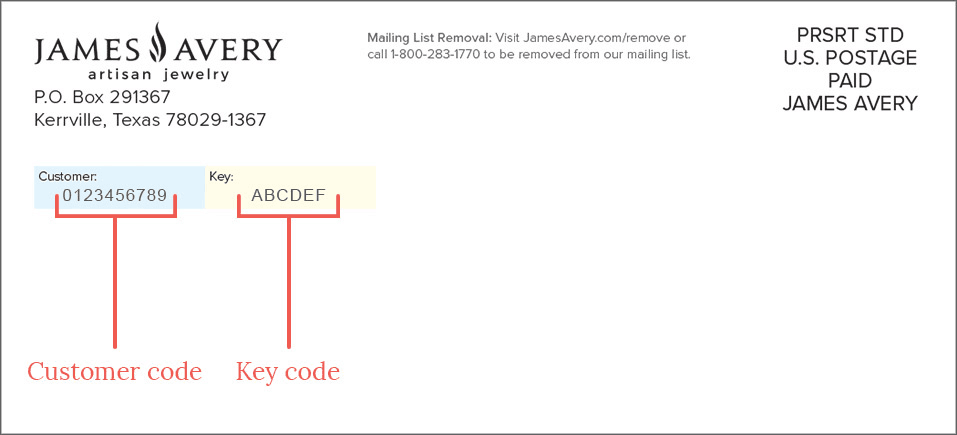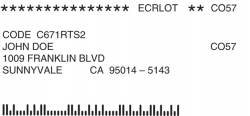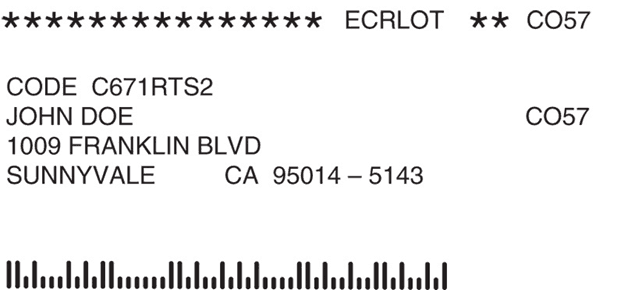How Junk Mail Impacts the Environment
October 26, 2018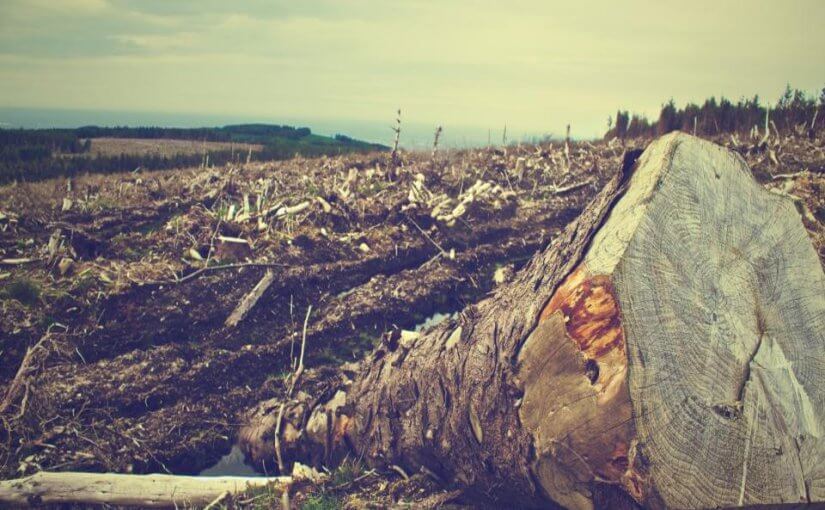
It’s no mystery that junk mail has a terrible impact on the environment.
Opening your mailbox to find it stuffed full of unwanted mail items is inconvenient and annoying, for sure.
But hey, at least we’re doing our part by recycling, right?
Yeah, about that …
It turns out that more of our collected recyclables are not being recycled at all. This is mainly due to the 2018 embargo on all imported waste (i.e. plastic containers, bottles and unsorted paper – mostly junk mail) by China, the final destination for 1/3 of all US recyclables.
China, the main buyer of waste, has walked away from a $6 billion industry after determining that recycled waste from the US is simply too toxic to their workers and environment. As it stands now, no other buyers are remotely capable of stepping in to take care of the supply of recyclables.
Meaning, your recyclables are now piling up in … wait for it … our US landfills.
Even prior to the Chinese restrictions, known as the China Sword law, it appeared a good amount of recyclable materials were simply being lumped in with the trash.
Recycling in the Windy City
Take, for instance, our own experience in Chicago, one of the largest population centers in our country. Here’s how recycling appears to “work” in the Windy City:
1) Recyclables must be sorted into separately purchased blue plastic bags. These are then placed in the same pickup bin as regular trash.
2) It is unclear where to buy blue bags in the first place. (Answer: Ace, Menard’s or another hardware store is a good bet). So most people don’t recycle.
3) When collected, the blue recycling bags are tossd in the SAME garbage truck as the rest of your trash.
4) Supposedly, the blue recycling bags are manually picked and separated by humans after being dumped at the landfill. However, we’ve witnessed firsthand our blue bags getting compressed and compacted with the rest of the trash in the garbage truck!
So, we’re not buying it.
Anecdotes and personal observations aside, there is a huge, documented environmental toll to consider when it comes to those ridiculous Valpak coupon mailers. Or our own personal nemesis – Restoration Hardware’s 3,300-page, 17 lb. catalog.
The Restoration Hardware catalog intro letter is lofty and insane: https://t.co/La4N5cca06 pic.twitter.com/Tcm8BS17BW
— Deadspin (@Deadspin) December 9, 2016
According to the annual Statistical Fact Book of the Data & Marketing Association, direct mail marketing in the US is a $10 billion industry. It results in an astounding 77+ billion pieces of junk mail per year.
Almost half of this junk mail ends up UNOPENED in landfills.
Doing the math
Each year, the US uses over 200 million tons of wood, or 36% of yearly harvests, to create paper products. In 2018, post consumer paper waste clocked in at 74.2 million tons, with 66.2% of waste recovered though recycling, according to the EPA.
Additionally, total paper and paperboard landfilled in that year amounted to 17.2 million tons.
It has been widely estimated that every adult in the US receives as much as 41 pounds of junk mail per year. With slighlty more than 209 million adults in the US, this works out to 4.3 million tons of junk mail produced, received and ultimately thrown out per year. However, this number has been estimated to be as high as 5.6 million tons of junk mail!
Now, with the Environmental Protection Agency also estimating that 60% of junk mail is trashed and landfilled, and NOT recycled, we can conclude that junk mail makes up some 15-20% of all paper waste in landfills.
Moreover, 100 million trees are used to make junk mail. So each year 60 million trees are simply scrapped and added to the pile.
Facing the environmental impact of junk mail
These insurance offers, pizza coupons and Halloween decoration catalogs are NOT even worth the paper they are printed on.
What a colossal waste. Not only due to how many trees are cut down to produce junk mail, but also due to a lot of other resources like water and oil that are used in the production process.
Not to speak of the millions of miles driven by the USPS to deliver pure junk to your abode.
Overall, an estimated seven million hectares of ancient forests are logged (cut down, stripped, and used for timber or pulp), cleared (often to plant a more desired tree, which will be cut down and used in the future – ruining natural ecosystems) or severely diminished.
We must also consider the consequences to the bountiful life found in our forests (which is in many cases, found only there). The unnecessary production of junk mail contributes to a large amount of devastation to forests and animal populations.
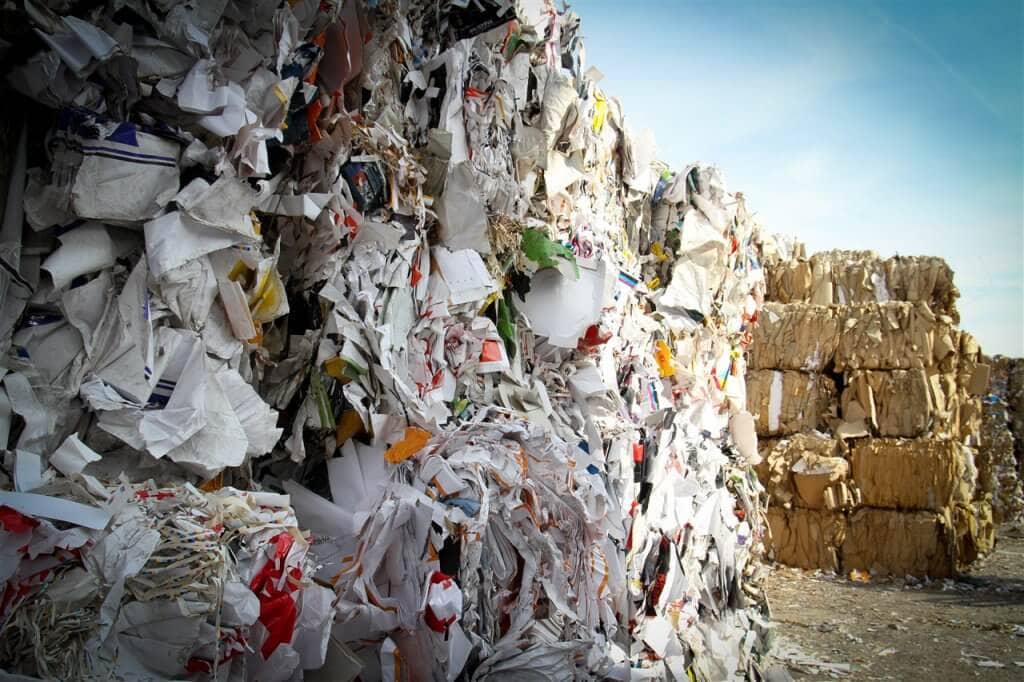
So what does this mean for us?
It’s easy to see how junk mail problems like identity theft and clutter affect each of us directly. But we are also directly affected by global forest loss and the believed impact it has on climate change.
Global deforestation is responsible for almost 20% of all carbon emissions. These emissions are held to be a leading contributor to global warming.
As climate change continues, NASA posits that temperatures and sea levels will rise. Snowfall will decline. Glaciers will shrink. Our oceans will turn increasingly acidic. Extreme weather events will abound.
Quite a frightening list! And that’s just at a brief summary.
Here at PaperKarma, our goal is to reduce forest loss. We also aim to declutter and simplify your life at the same time.
By using PaperKarma to get rid of your junk mail you can positively impact the environment.
Not only do you remove a chore from your daily life but you also contribute to the global effort to reduce forest loss, mitigate climate change, and shrink our landfills here at home.








